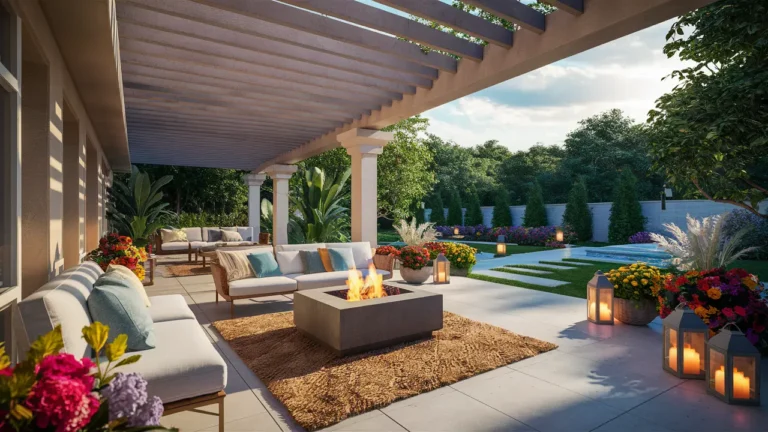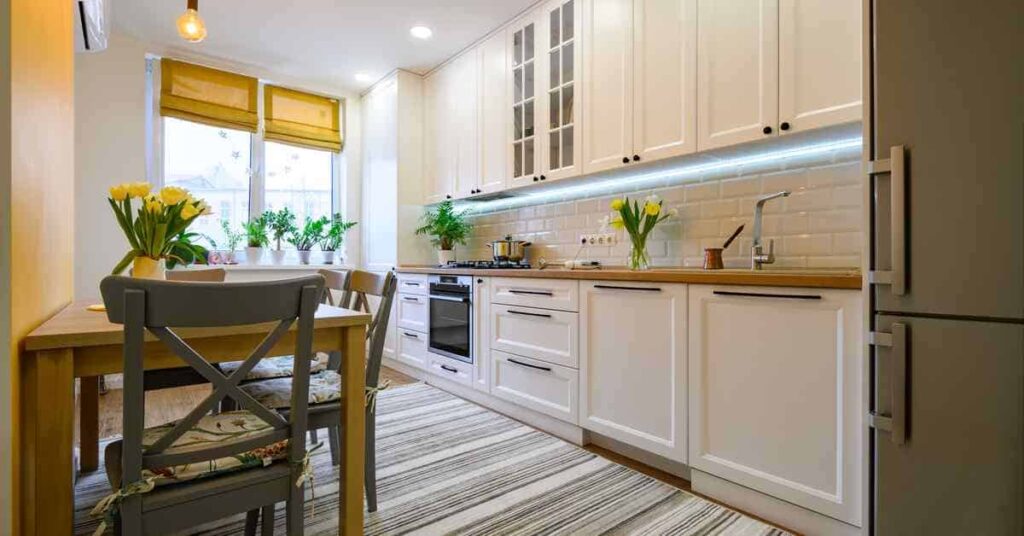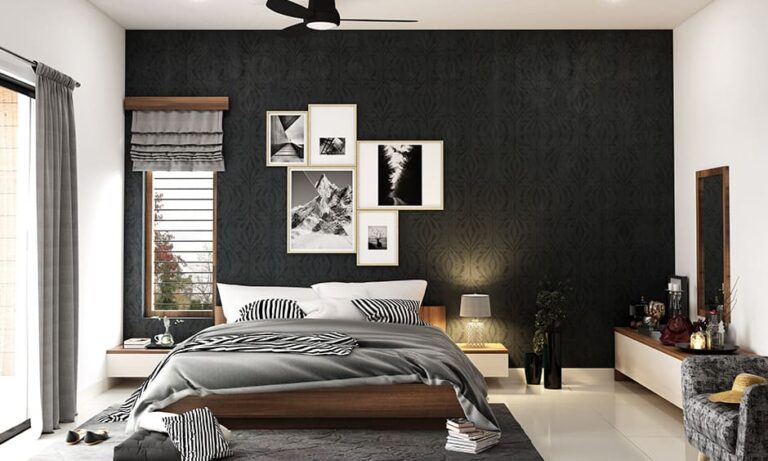Walls are fundamental components in architecture, serving various functional and aesthetic purposes. From ancient stone barriers to modern acoustic partitions, walls have evolved to meet the diverse needs of human habitats. This article explores different types of walls, focusing on their functions and materials, providing a comprehensive understanding of these critical structural elements.
1. Load-Bearing Walls
Load-bearing walls are the workhorses of wall construction. They support the weight of the elements above them, such as the roof and upper floors, and transfer these loads to the foundation. Traditionally made from sturdy materials like stone or brick, modern load-bearing walls might use concrete or block. These materials are chosen for their strength and durability, ensuring the structural integrity of the building.
2. Partition Walls
Unlike load-bearing walls, partition walls do not support any weight other than their own. Their primary function is to divide space within a building. Materials like gypsum board, plywood, or glass are commonly used, depending on the need for privacy and acoustic insulation. In office settings, lightweight and movable partitions allow for flexible workspace configurations.
3. Retaining Walls
Retaining walls are essential in landscapes where elevation changes are significant. They hold back soil, preventing erosion and creating flat spaces for gardening or construction. Materials vary widely from natural stone and concrete blocks to more modern materials like geotextiles and mechanically stabilized earth, which provide strength and flexibility.
4. Cavity Walls
Cavity walls consist of two separate walls, typically made of brick or block, with a gap (cavity) in between. This design offers improved thermal and acoustic insulation. The cavity can be filled with insulating material, enhancing energy efficiency in buildings. The dual-wall construction also helps prevent moisture penetration, safeguarding the interior from water damage.
5. Shear Walls
In regions prone to earthquakes or high winds, shear walls are crucial for maintaining structural stability. These walls are usually made from reinforced concrete or plywood and are strategically placed to counteract lateral forces on the building. Their robust construction helps prevent the building from swaying and potentially collapsing under stress.
6. Fire Walls
Fire walls are designed to limit the spread of fire within or between buildings. Made from fire-resistant materials like concrete, brick, or specially treated gypsum, these walls can withstand high temperatures for extended periods. Fire walls are a critical safety feature in multi-unit residences and commercial buildings.
7. Veneer Walls
Veneer walls offer aesthetic value rather than structural support. A veneer wall consists of a single layer of attractive material—such as brick, stone, or tiles—attached to a more functional but less visually appealing structural wall. This type of wall often used in residential and commercial buildings to provide a high-end look without the cost of solid stone or brick.
8. Green Walls
Also known as living walls, green walls are part of the sustainable architecture movement. These walls are either partially or completely covered with vegetation, including a growth medium such as soil. Green walls reduce the urban heat island effect, improve air quality, and enhance building insulation. They require a carefully engineered system to deliver water and nutrients to the plants.
Conclusion
The choice of wall type in a construction project depends on several factors including structural requirements, environmental conditions, budget, and aesthetic preferences. As technologies and materials evolve, the capabilities and functions of walls are likely to become even more diverse, further expanding their roles in architecture and design. Whether it’s a towering stone fortress of ancient times or a sleek glass partition in a modern office, walls continue to define spaces and protect the inhabitants within.















